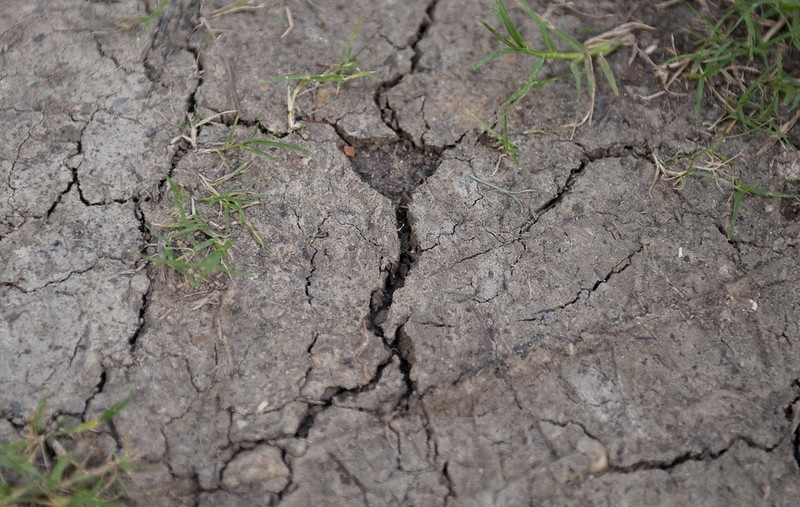Taiwan typically has a subtropical climate in the northern and central regions and tropical in the south. Typhoons are common in summer and autumn and it gets monsoons. However, there has been very little rainfall in the past year, which has plunged Taiwan into its worst drought in 56 years. Many of its reservoirs are at less than 20% capacity, with water levels at some failing below 10%. This not only has impacts on the island’s food and water security, but it also threatens its booming chip industry, which has worldwide ramifications.
—
What is Happening?
- Around 90% of the most advanced microchips are manufactured in Taiwan, but the drought has tightened demand and supply because the sector requires a lot of water to clean the wafers that go into many tech devices. To keep up with demand where it can, the government stopped irrigating more than 74 000 hectares of farmland last year.
- Other water-saving measures include turning off the tap for residents and businesses in three cities and counties two days a week. In especially dry areas, high-volume industrial users including semiconductor manufacturers have been asked to reduce water usage by 13%, and non-industrial users, such as hair salons and car wash businesses, by 20%.
- Naturally, farmers have been the hardest hit. While the government is compensating farmers, a lot of landowners take the subsidies instead, and farmers can’t object for fear that they will not be able to lease the land. Some farmers have taken to growing crops that require less water, like watermelons and sunflowers. Farmers are concerned that the drought will worsen the already-low food self-sufficiency rate of Taiwan- the amount of food its people consume that is locally grown and not imported from overseas.
You might also like: Global Carbon Emissions Set to Soar in 2021 in Post-COVID-19 Economic Rebound
Warning Signs
- Experts say that the writing has been on the wall for years. Hsu Huang-hsiung, a climate change expert at government-funded think tank Academia Sinica, says, “Taiwan has been suffering from a significant decrease in the number of rainy days each year since the 1960s.”
- In parts of the island, the number of rainy days each year has fallen by about 50. Further, a warming trend in the Indian Ocean since 1950 may have brought about the Pacific Ocean’s high pressure system last year, which prevented rain from falling in June and reduced the number of typhoons that were formed.
Mr Hsu says, “Climate change has never been a centre of discussion in our government or society. Although everybody talks about being afraid of climate change, it tends to be lip service. They express care, but don’t take any action.”
- Some have blamed the government for the shortage, pointing to its neglect of water resources. Many farmers say that the problem lies in how Taiwan uses its water; some point to pipes leaking water and how the island transfers its water between cities. Leaking pipes have caused Taiwan to lose nearly 14% of its water. Deforestation has also led to soil runoff when it does rain, leading to sediment build-up in the reservoirs, depriving them of their capacity to collect more water during rainy periods for use in droughts. However, the government has been tackling these problems; the pipe leakage rate has dropped from 20% a decade ago.
- Another problem is Taiwan’s low water prices, which give consumers little incentive to conserve water. At NT$11 (USD$0.39) a ton, Taiwan’s water rates are the second lowest among 35 countries and territories surveyed; four times lower than that of the US and six times lower than costs in the UK.
- The government is planning to build more seawater desalination plants. Most will be located in outlying islands, with only three on Taiwan’s main island. A new facility has been built in Hsinchu to deal with the current drought, but it can only treat 13 000 tons of water daily, insignificant compared to the 170 000 tons used each day just by Hsinchu Science Park, where many semiconductor makers are based.
- The government has also tried to manipulate nature by carrying out cloud seeding numerous times.
- It is hoped that the annual rainy season, which normally lasts from mid-May to mid-June, will bring lots of showers. However, last year, by May, the rainy season was over and there wasn’t enough rain.
- This is just another example of how climate change will affect water security around the world. Taiwan may get to the stage where it appeals to other countries to provide relief, but in a world where many other countries are suffering the same problem, it is unclear how this problem will be resolved.
Featured image by: Flickr

















